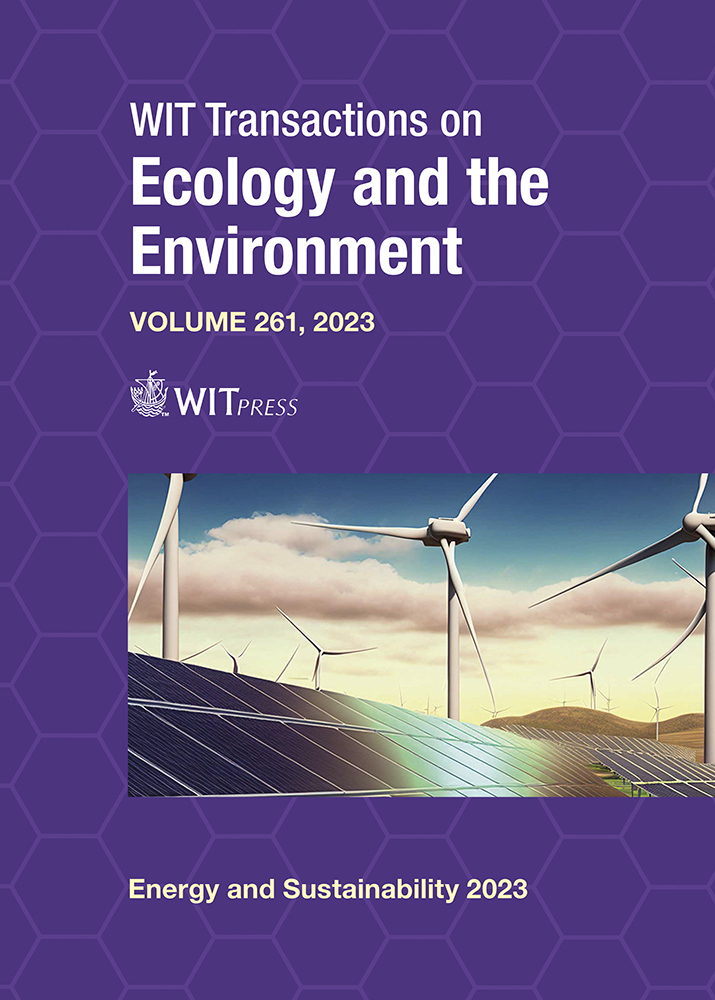QUANTITATIVE CHARACTERIZATION OF ADVECTIVE LOSSES IN A FALLING PARTICLE RECEIVER
Price
Free (open access)
Transaction
Volume
261
Pages
10
Page Range
67 - 76
Published
2023
Paper DOI
10.2495/ESUS230061
Copyright
Author(s)
GUILLERMO ANAYA, CLIFFORD HO, JESUS ORTEGA, PETER VOROBIEFF
Abstract
Concentrating solar power receivers use a thermal medium for energy storage. For falling particle receivers, ceramic particles are used both as the thermal storage and transfer medium. Inside the receiver described here, a gravity-driven particle curtain is irradiated through an open cavity with about 1 MW/m2 of concentrated sunlight provided by a heliostat field. While this design offers important advantages, including high storage temperatures, there are some challenges associated with the design, such as advective particle loss from the receiver aperture. During operation plumes of particles being expelled out of the receiver cavity can be observed, resulting in heat/mass losses and an overall decrease in efficiency.We developed a non-intrusive measurement system to estimate these advective losses from the cavity of the receiver. It is based on an application of Particle Image Velocimetry (PIV) techniques to sets of thermograms obtained from a high-speed infrared camera. Both laboratory scale and field scale tests were conducted to validate the measurement process, after which we used field data to estimate efficiency losses, which proved to be modest.
Keywords
concentrating solar power, falling particle receivers, diagnostics





